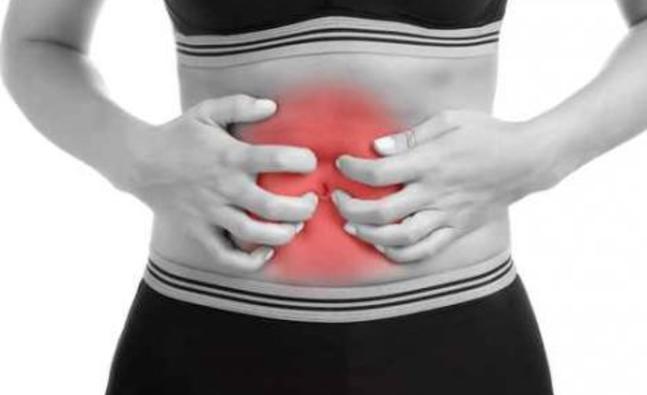
The 3.5 inch long tissue tube that extends out of your large intestine is known as the appendix. Appendicitis is when this tube experiences an inflammation. If left untreated an inflamed appendix can eventually perforate or burst releasing infectious materials into your abdominal cavity putting you at the risk of peritonitis.
Symptoms of Appendicitis :
Some of the most commonly experienced symptoms of appendicitis include –
• Loss of appetite
• Dull pain next to the navel or the upper abdomen that eventually becomes sharp as you go closer to the lower right abdomen.
• Abdominal swelling
• Nausea and/or vomiting right after the pain starts
• Inability to pass gas
• Fever
• Dull or sharp pain in the back or rectum
• Pain during urination
• Severe cramps
• Diarrhea with gas or constipation
Causes of Appendicitis :
This condition usually occurs when the appendix gets blocked by a foreign body, a cancer or most often by stool. This blockage may also take place due to an infection since the appendix tends to swell up in response to any form of infection the body is experiencing.
Many times a pus-filled abscess forms outside the inflamed appendix. The scar tissue blocks this tube from the other parts of the abdomen to prevent the infection from spreading. While an abscessed appendix is not so much of an emergency, unfortunately the only way to identify its existence is with surgery. This is why, as a blanket rule, all cases of appendicitis are considered to be an emergency.
Treating your Appendicitis :
The surgery that helps treat this condition is known as an appendectomy. If any problems with your appendix is identified your doctor will recommend immediate removal of that tube to prevent any kind of unwanted rupture. On the other hand, if you have formed an abscess, chances are that you will have to undergo two procedures.
The first will involve CT guided drainage of the fluid and pus and the other will be to remove the appendix. The second procedure is typically scheduled 8 to 12 weeks after the first one. This delayed surgery is referred to as an interval appendectomy.
Before your procedure, you will be given antibiotics to fight any risk of peritonitis or infections in the abdominal cavity. During the procedure, you will be given general anesthesia and the removal will take place through a small incision in the right lower quadrant of your abdomen.
Recovery after Surgery :
Patients are usually able to get up and move around within the first 12 hours of the completion of surgery. Within two or three weeks, it is possible to get back to normal activities. If the surgery is done with the help of a laparoscope, your recovery tends to be much quicker. While recuperating, it is important that you keep your incision clean to ensure timely healing and prevention of any infection.
While there is no real way to prevent appendicitis, it has been found that it is less common among individuals that follow a healthy and fiber rich diet of fresh vegetables and fruits.